Production
COATING
Our journey starts here. The bobbins of raw fiberglass yarn arrive in the coating department and are covered with a PVC mix previously prepared and analysed with the specific characteristics for the screening that we intend to produce. In fact, the yarn has a different thickness for each product produced. The color of the compound also changes depending on whether it is black or gray or white. In this department the attention we pay to very small details and balances will make it possible to obtain a high quality yarn with specific characteristics according to its use, in order to guarantee a screening with the specifications required by the market.
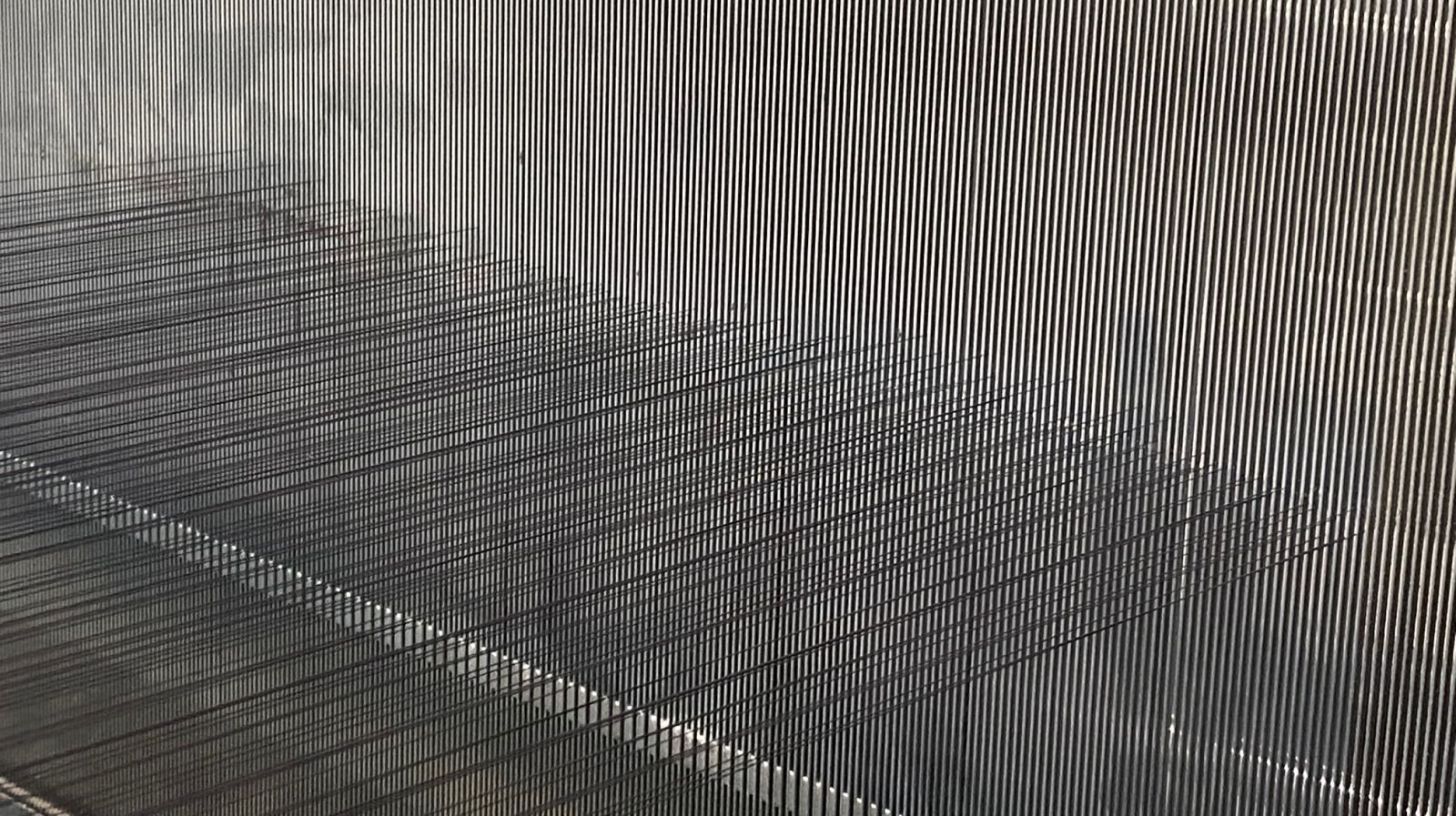
QUALITY CONTROL
The bobbins of yarn are checked in the internal laboratory by analysing the characteristics. We test the breaking load and the smoothness of the yarn and we also analyse the coating and the dimensions of the yarn. The internal laboratory allows us to always create and guarantee a high quality yarn. Production batches that meet internal requirements can proceed to the warping department. Sample checks are performed during the process to immediately detect any discrepancies.
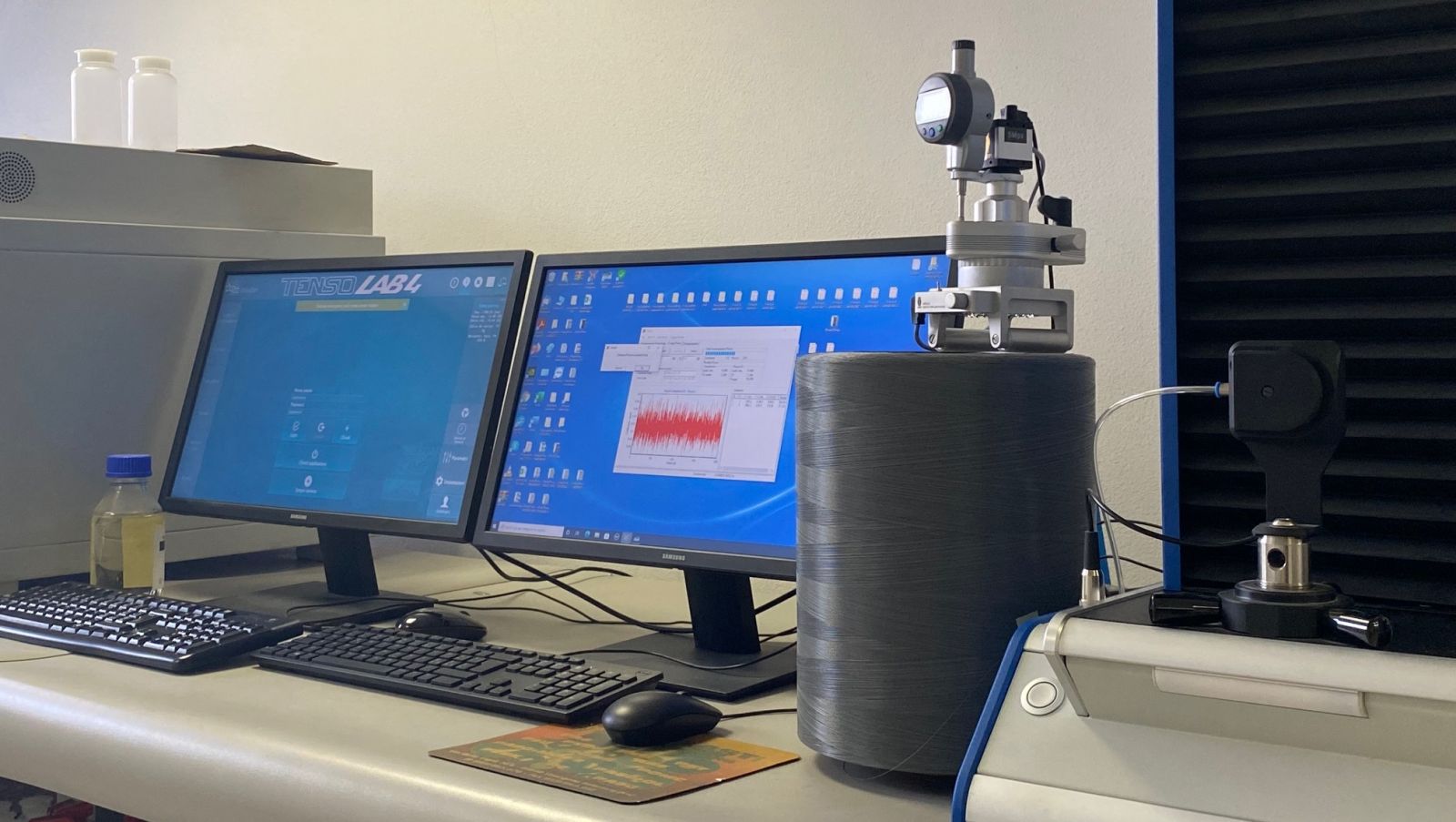
WARPING
Once the bobbins of coated yarn arrive to the production department, each single thread is taken, conveyed to the starting point and rolled onto the beam, a sort of huge roll. This phase is called warping, precisely from the term "warp" which in weaving represents the set of threads coming from the spools that make up the longitudinal part of the fabric on which the "weft" will be inserted , and this will form the square or rectangular weave of the screening. Usually the insect screening has 18 warp yarns and 16 weft yarn per square inch. The square inch is a unit of measurement equivalent to 2.54 cm
Increasing or decreasing the wires in this sense determines the width of the cell.
The beam will then pass from the warping department to the weaving department.
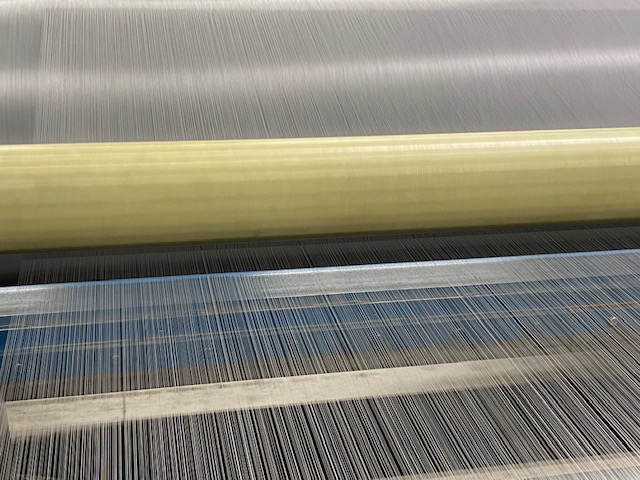
WEAVING
Once the beam has arrived, with all the threads in the warp, the weaving phase begins. The weft yarn is inserted on the loom, and the weaving of the roll begins. In this delicate phase, environmental conditions are very important, and we maintain a controlled temperature and humidity in order to limit any problems on the yarn. The new generation looms are able to manage a lot of information regarding the weaving methods in progress. This phase is also the most fascinating one. It is very interesting to watch the threads intertwine at high speeds with extreme precision in order to achieving high quality screening.
Constant automated checks help the operators to obtain a final result that achieves the characteristics requested. It is important to control the temperature and humidity of the environment in order to keep these wires perfectly positioned.
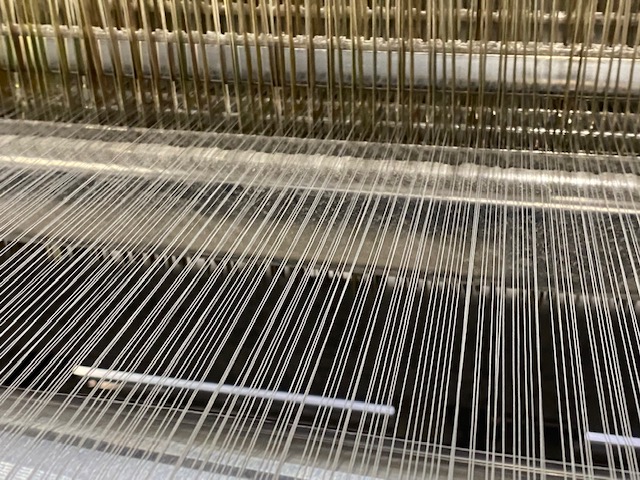
FINISHING
The roll of woven screening undergoes a new process. It is inserted into the oven, determining the quality of the finished product. We can make a soft screening for fixed screens but that also can be used for roll up screens, or a stiff quality screening used mainly for roll up screens but that can also be used for producing fixed screens. This difference allows customers to have a specific product or to standardize the products in their warehouse.
The big roll is ready to be further checked by the operators during the production of the finished product. We can cut the rolls to different lengths, according to the customers’ needs. The stiffness is checked in our laboratory with instruments in order to guarantee a professional product, in a defined "range".
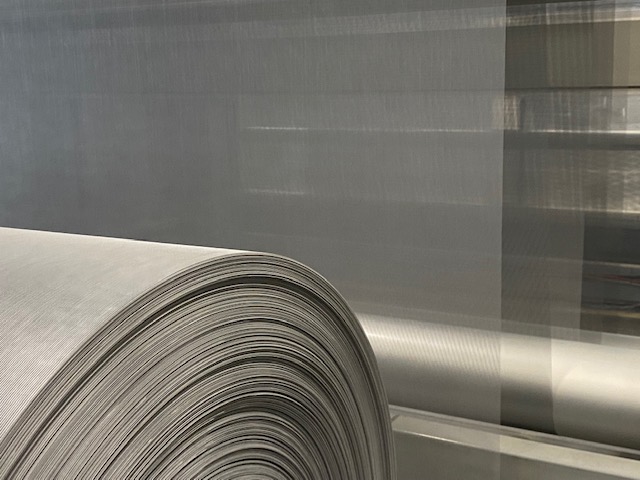
PACKAGING
For TIE, the roll cut to the length requested by the customer must reach the customer without being damaged or deformed during storage in the customer's warehouses. To satisfy this request, all 90mtl rolls are placed inside a cardboard tube closed by lids.
Each type of screening is identified with a specific colored plastic lid with the identification label of the product, showing size and color, in order to simplify and improve the management of the warehouse.
The "jumbo rolls" (rolls for professional use that are more than 90mtl) are wrapped in a sheet of paper and placed directly on pallets, as long as the height of the roll itself, properly covered with film. This allows the customer to receive rolls in perfect condition. Customized solutions can be studied in agreement with the customer.
We offer lengths of 200mtl, 300mtl, 500mtl and the maximum recommended of 1000mtl.
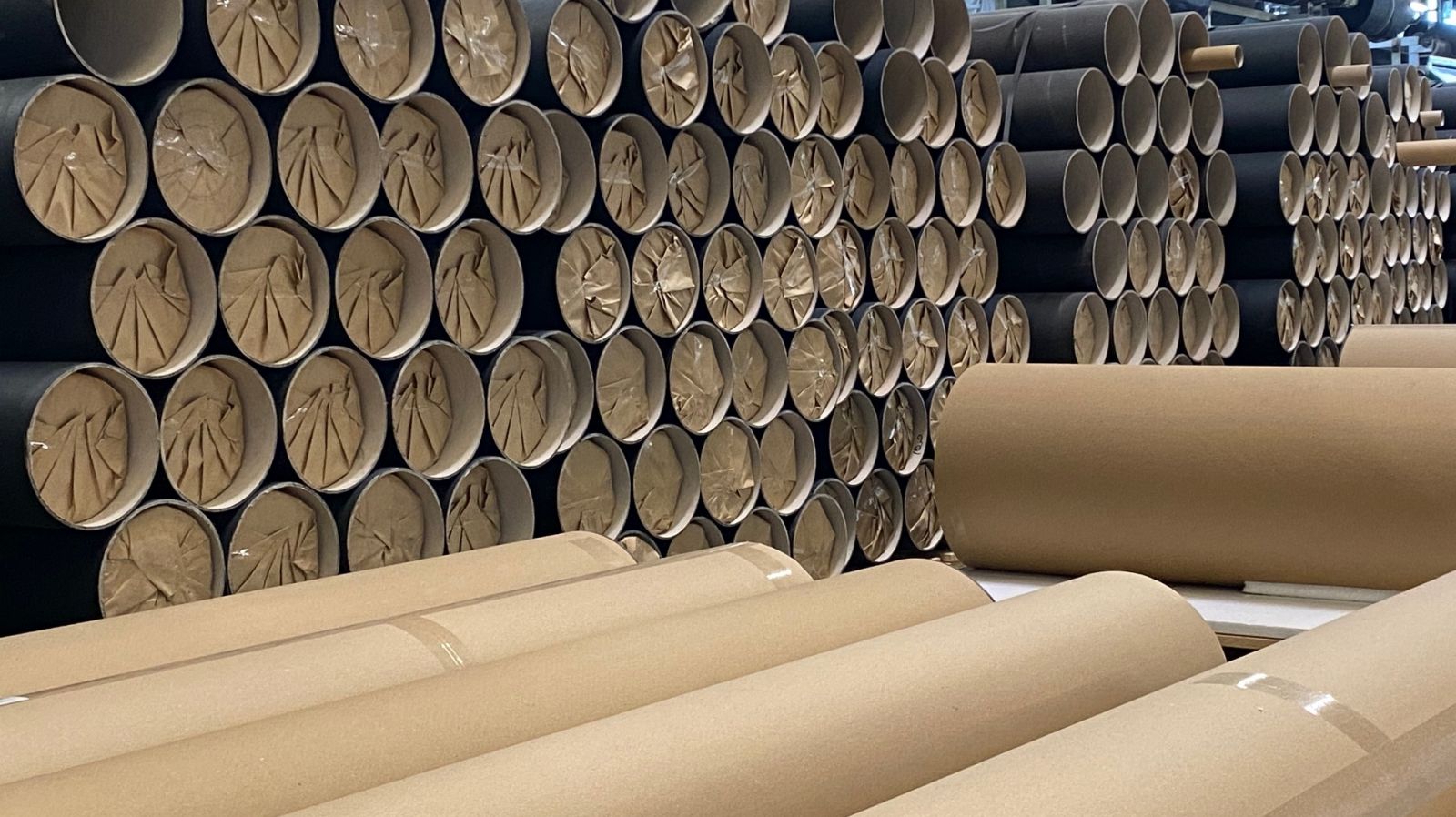
WAREHOUSE
In the warehouse we find all the rolls ready for shipment. A separate unit in which we find several operators who, in addition to the preparation of the pallets, take care of the packaging or completion of the order with aluminum and steel screening or accessories, such as tapes in different types and heights double-sided adhesives with different strengths, as well as weather stripping.
In the warehouse we also find rolls of black-out fabric and sun protection screening which can be sold either in rolls, or using the convenient cut-to-size service, at the customer's request. This procedure is used exclusively for technical fabrics and not for insect screen.
The important presence of weather stripping in the warehouse, in different types of bases and height of the bristle, allows the customer to take advantage of a complete service for the realization of the mosquito screen and related products.
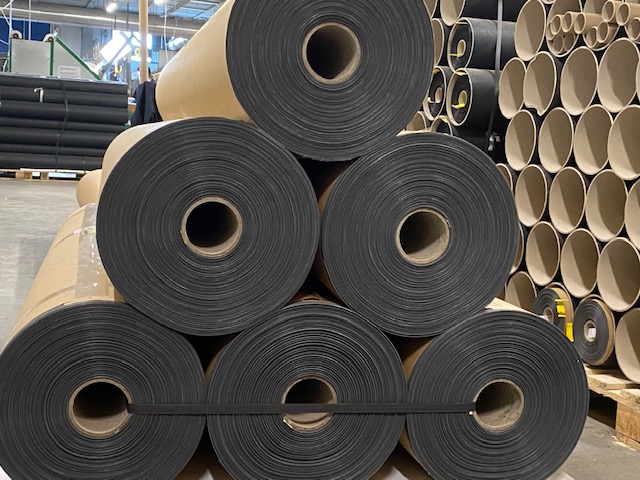
Transparency
How much external visibility does a screening allow?
Living outdoors
Similtuff; a truly effective fabric to be used for outdoor living.
SUNOX screening
How does it work and for how long is the Sunox process effective?
Cleaning the fabric
Tips for cleaning the fabric
Darkening
Internal fabrics for darkening allowing total privacy
